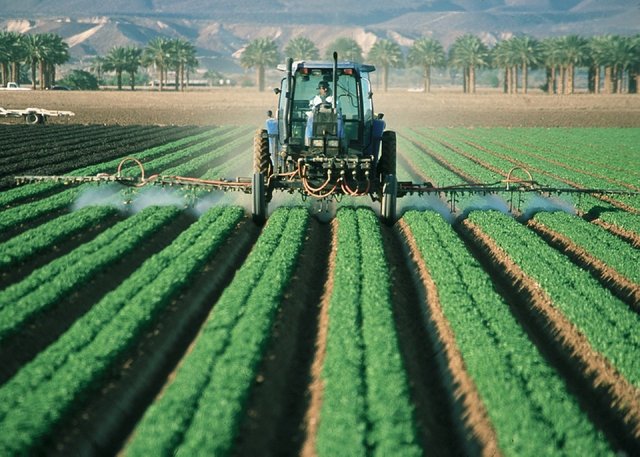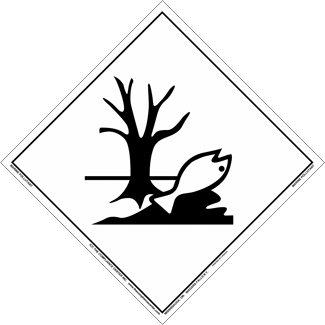Home Health: Pesticides in Food
Hi Everyone,
The holiday's are in finally here! I hope that all of you will get to visit and spend some time with the people that are closest to you.

Now I want to inform you all on some of the most confusing parts of something that we all take part in daily. That is food. Mainly the use of pesticides in our food.
So what are they?... and why are they in our food?
In 1963 a multiple nations organized a commission between the World Health Organization (WHO) and the Food and Agriculture Organization of the United Nations (FAO). This organization is known as the Codex Alimentarius Commission (CAC).
The goal of the CAC and the effort of 172 participating nations was to set a standard of best practices in order to promote safety in food. Together they compiled a list of pollutants difficult to remove called the Persistent Organic Pollutants (POP's).
Different Types of Poisons
There is rough three categories of pesticides available on the market today.

- Narrow-spectrum: These are for a specific organism, like fungicides and avicides (for birds).
- Broad-spectrum: Designed to eliminate variety of different types of organisms including any benifical types. Most pesticides in use are Broad-spectrum. Oxamyl a carbamate compound used on insects and is extremely toxic to birds and mammals.
Indiscriminate Killers
Organophosphates is a pesticide that was created in Germany and has been in wide use around the world since the 1940's. It became popular because it's effective defense against agricultural pest and low cost of production.
In exposure to humans it can cause:
- Growth development issues in fetuses
- Increase in allergic reactions with other toxins
- Overall lower IQ scores
- ADHD
- Obesity
- Cancer
- Susceptibility to Parkinson's disease
The Environmental Working Group (A great resource for environmental pollutants) list Organophosphates as one of the most unknown toxins in use today. It is most used on fruits and vegetables.
Orgainic Doesn't Mean Pesticide-Free
The National Center for Food and Agricultural Policy is a Federal regulator and they research farming for the U.S. Federal government. They set guidelines for what constitutes organic or conventional farming methods.
It turns out that organic farmers use organic pesticides, which are pesticides from a natural source and slightly processed before they are applied to a crops.
Rotenone is an organic broad-spectrum pesticide that occurs naturally in plants around the world. It was discovered in 1848 by botanist Emmanuel Geoffroy. It works by disrupting the mitochondria function in cells and can travel up the food chain.
The U.S. National Institutes of Health preformed a study on the use of Rotenone as a pesticide. The study showed that farm and agriculture workers were more likely to develop Parkinson's disease when exposed.
Rotenone is largely excepted as a suitable alternative to chemical pesticides.
Best Practices:

- Wash your food - Many fruits and vegetables have residue from processing from farms. Using a very mild dish-washing soap will work and some health food stores carry a specialized washing agent for produce.
- Know your food - Some fruits and vegetables have higher levels of pesticide residue. Environmental Working Group is a non-profit organization dedicated to public health and has a great resource of pesticides used on produce. Use their site to research your food.
- Buy Local or Grow Your own - This will help ensure you are aware of the methods used during the grow process. Farmer markets are a good place to get first-hand information on your food.
- Making your own Non-Toxic Pest Control - Going with growing your own food, there's a large list of non-toxic pest control. An example is Diatomaceous earth, a natural occurring siliceous rock that can be crushed into a white powder and can work on a variety of insects without side-effect to you or your family.
Thank you for reading. It is my pleasure to share and help educate.
Please leave your comments and share any additional information you may have on this subject.
... And of course Stay Safe!
Credit Me
RESOURCES:
Environmental Protection Agency
Persistent Organic Pollutants (POP's)
Books and Additional Info
Michael Pollan - In Defense of Food; There's a great section on the use of pesticides in our food.
Pesticide Action Network - Another Non-profit specifically for pesticide use.
National Center for Food and Agricultural Policy - A Third party testing group for U.S. agriculture
Pictures:
Emergency Repsonse Haz Equipment Layout
Congratulations @joshfischbach! You have received a personal award!
Click on the badge to view your Board of Honor.
Congratulations @joshfischbach! You received a personal award!
You can view your badges on your Steem Board and compare to others on the Steem Ranking
Vote for @Steemitboard as a witness to get one more award and increased upvotes!